We’ve mentioned cover crops in many articles on the blog before. These humble plants are an integral part of organic farming with many benefits for gardens, big and small. Today, we’ll take a deeper look into cover crops and how to use them for beginners.
Why Should I Grow Cover Crops?
There are many different types of cover crops which are all grown for specific reasons. Cover crops prevent erosion, decrease weed pressure, add organic matter to the soil, add nitrogen, and retain soil moisture. They also help provide food and habitat for beneficial insects and microorganisms.
Choosing Cover Crops
As I mentioned above, there are many different cover crops. Generally, we can divide them into a few different categories by the primary purpose they serve in your crop planning.
Nitrogen Fixers
Nitrogen fixers are plants with a symbiotic relationship with bacteria known as Rhizobium. These bacteria colonize the nodules on the plants’ roots and allow the plant to take nitrogen from the air and use it. When these plants die or are cut back and added to the soil, they add nitrogen. Some nitrogen fixers include:
- Red Clover
- Crimson Clover
- White Dutch Clover
- Sunn Hemp
- Hairy Vetch
- Austrian Winter Peas
- Iron and Clay Southern Peas
- Alfalfa
All of the clovers are excellent for attracting bees to your garden. Perennial white dutch clover is a great choice for permanent garden pathways and can be mowed and used as mulch around plants.
Austrian winter peas are a great winter option in zone 6 and up. Their shoots are edible and make excellent additions to winter salads. On the other hand, massive sunn hemp plants are day-length sensitive and do best as a summer cover crop. It thrives even during drought and is excellent for suppressing nematodes.
Deep Rooted Cover Crops
Cover crops with large or deep roots are essential in areas with heavy clay or compacted soils. These large rooted crops help break up hard pans, add pockets for air and water, and add organic matter. A couple of our favorites are:
- Deep-Till Radishes
- Alfalfa
Deep-Till radishes produce large, fast-growing roots for aeration and breaking up compacted soils. They also have biofumigant properties, which are excellent for suppressing diseases and pests. They winter-kill in areas where temperatures reach below 20°F.
Alfalfa is a nitrogen fixer with deep roots and is good at gathering water and nutrients from deep in the soil. It will add nitrogen and organic matter to the soil. Plus, it’s very cold-hardy, making it perfect for early spring or late fall plantings.
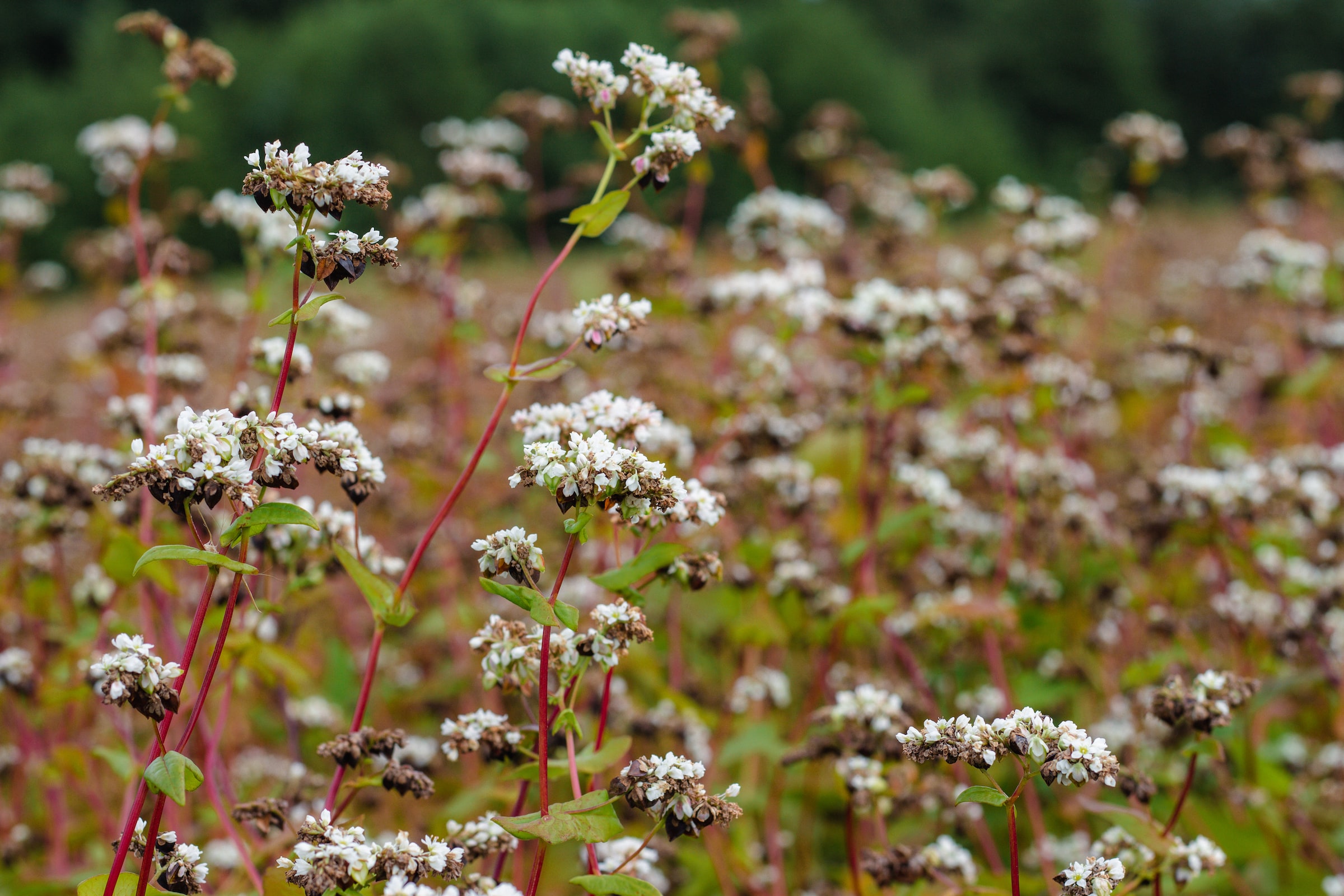 Grasses & Mulchers
Grasses & Mulchers
The main job of these cover crops is to produce a lot of organic matter. They form a ground cover that helps prevent soil erosion and gathers nutrients from the soil. They make excellent mulch in no-till systems and add nutrients and organic matter to the soil as they decompose. Some great options include:
- Hulless Oats
- Winter Rye
- Wheat
- Buckwheat
Rye is a good choice if you’re looking for a winter cover crop. It has an extensive root system for improving soil structure, suppressing weeds, and enhancing soil life. It’s also able to stabilize excess nitrogen from heavy manure applications. A combination of rye and vetch is a favored cover crop for no-till tomato planting.
Buckwheat is the best choice when you want something fast, producing a green manure crop in 30 to 45 days! It’s great for out-competing weeds and providing mulch for fall crops when planted in midsummer. The little white flowers attract beneficial insects, including parasitic wasps.
Growing Cover Crops
Cover crops can be grown year-round. It’s a good idea to plan to leave your soil bare as little as possible. Sow cover crops in beds as soon as others are finished, whether that’s the middle of summer or fall. You can also use cover crops to provide sections of your garden with a needed boost of nutrients or organic matter or to suppress pests and diseases.
Knowing when you want to plant will help you determine which cover crop is appropriate for your situation. Some cover crops like winter rye, hairy vetch, and Austrian winter peas make excellent winter cover crops when planted in the fall. Other crops like buckwheat or sunn hemp will perform much better for summer crops.
Once you’ve decided on a variety, you should follow the seeding instructions. It’s essential to follow the recommended seeding rates. Seeding your crops too thinly won’t achieve the desired benefits.
Terminating Cover Crops
This step may sound scary, but it just means you’re ending the cover crop’s cycle so that you can plant something else. This process is typically done by mowing, weed whacking, scything, or tilling. In a no-till system, you can often use the material as a mulch and transplant it right into it or rake some back for direct seeding.
Typically, you should terminate cover crops before they go to seed. However, sometimes you may decide to let a quick-growing crop like buckwheat go to seed and grow again. Remember that you may have to continue to weed it out for a while after this; cover crops are good at suppressing weeds because they’re a bit weedy in nature themselves!
Winter Kill
Nature also lends a helping hand for certain fall-planted cover crops. Those crops that are sensitive to frost or cold temperatures will winter kill and begin decomposing into the soil on their own. Some no-till farmers will plant directly into this crop residue in the spring.
Growing cover crops is quite simple and has many benefits. This fall, try growing cover crops in your garden to add nutrients and organic matter, reduce erosion, and encourage beneficial insects and soil organisms.

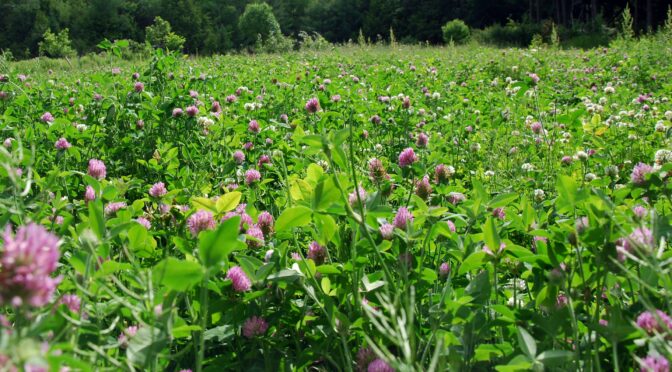
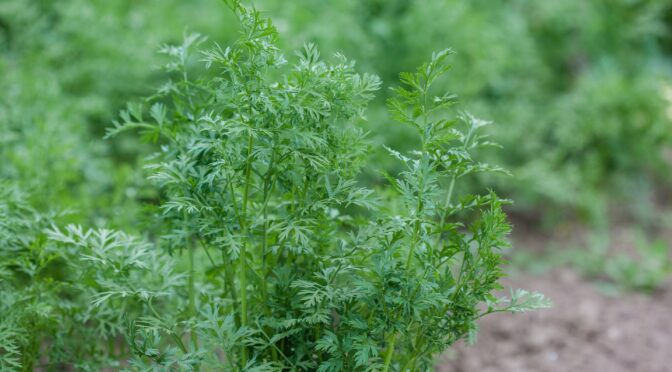
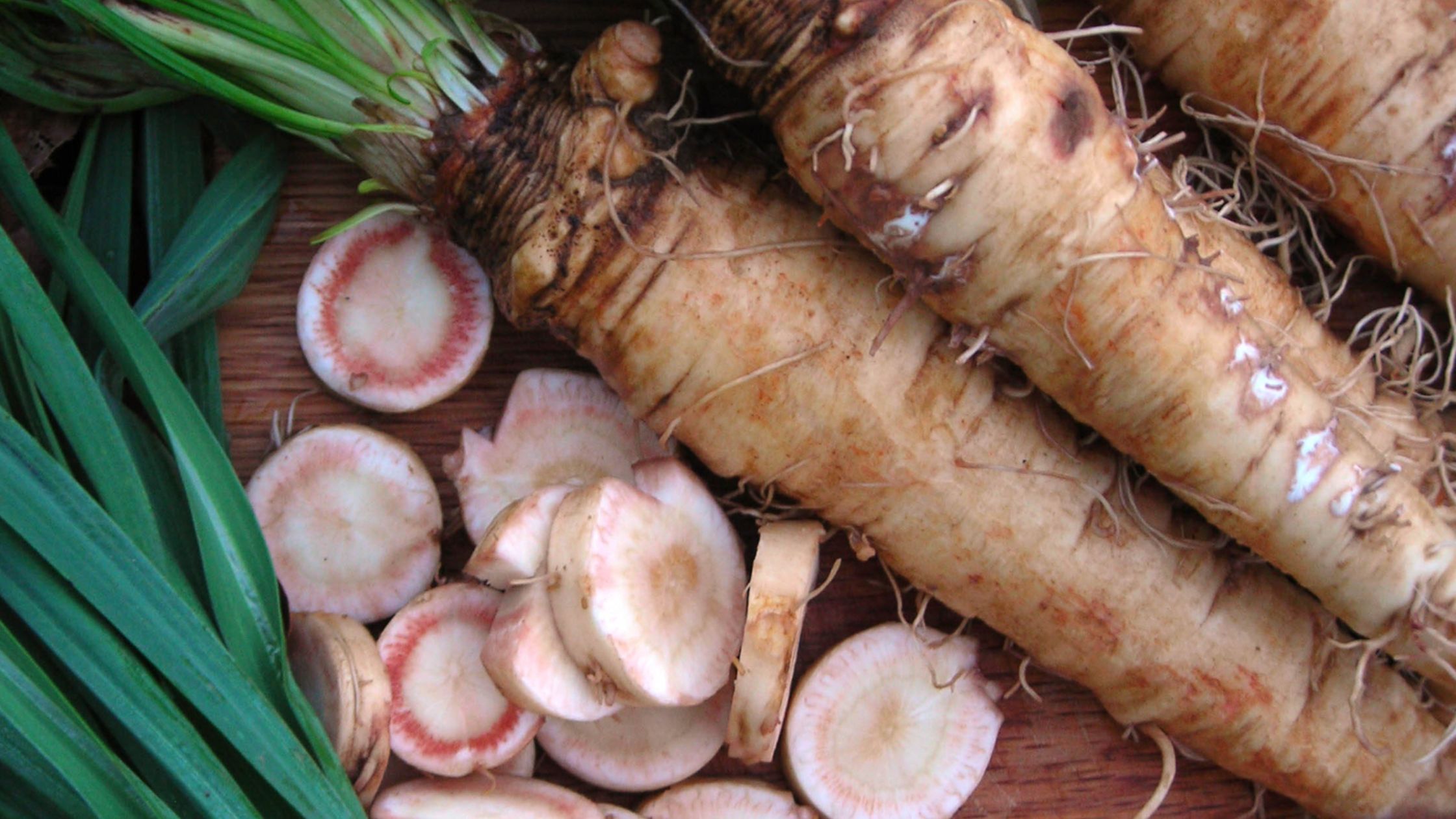
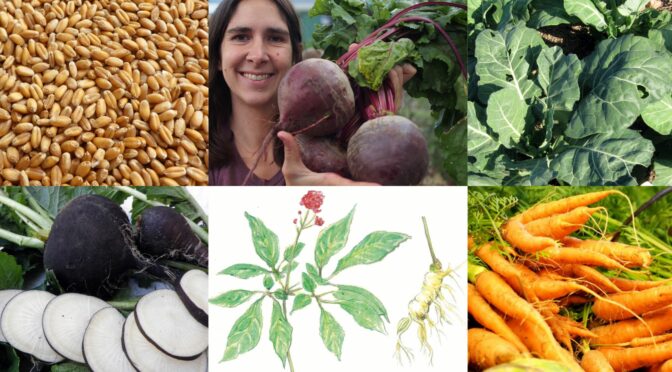
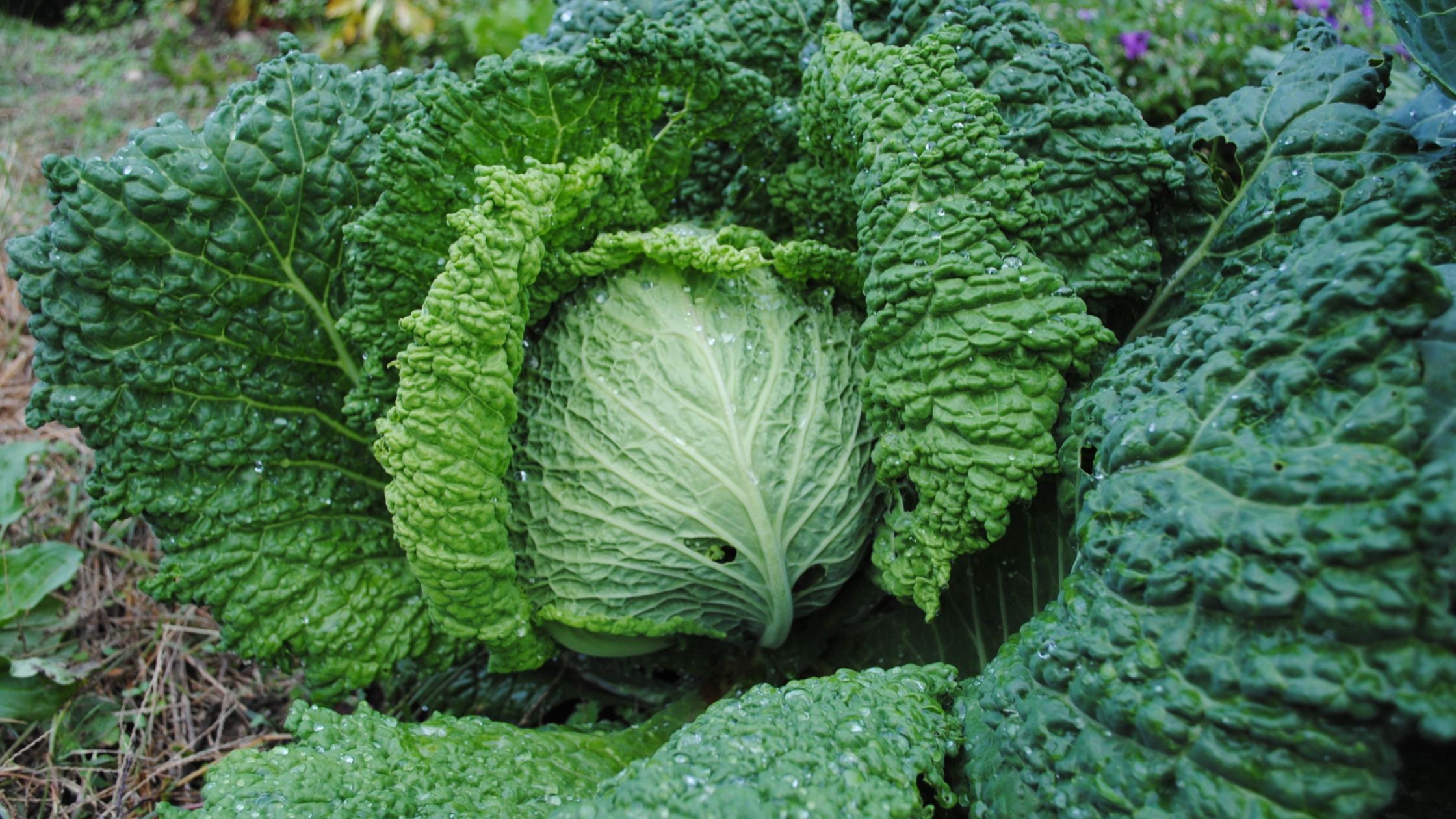
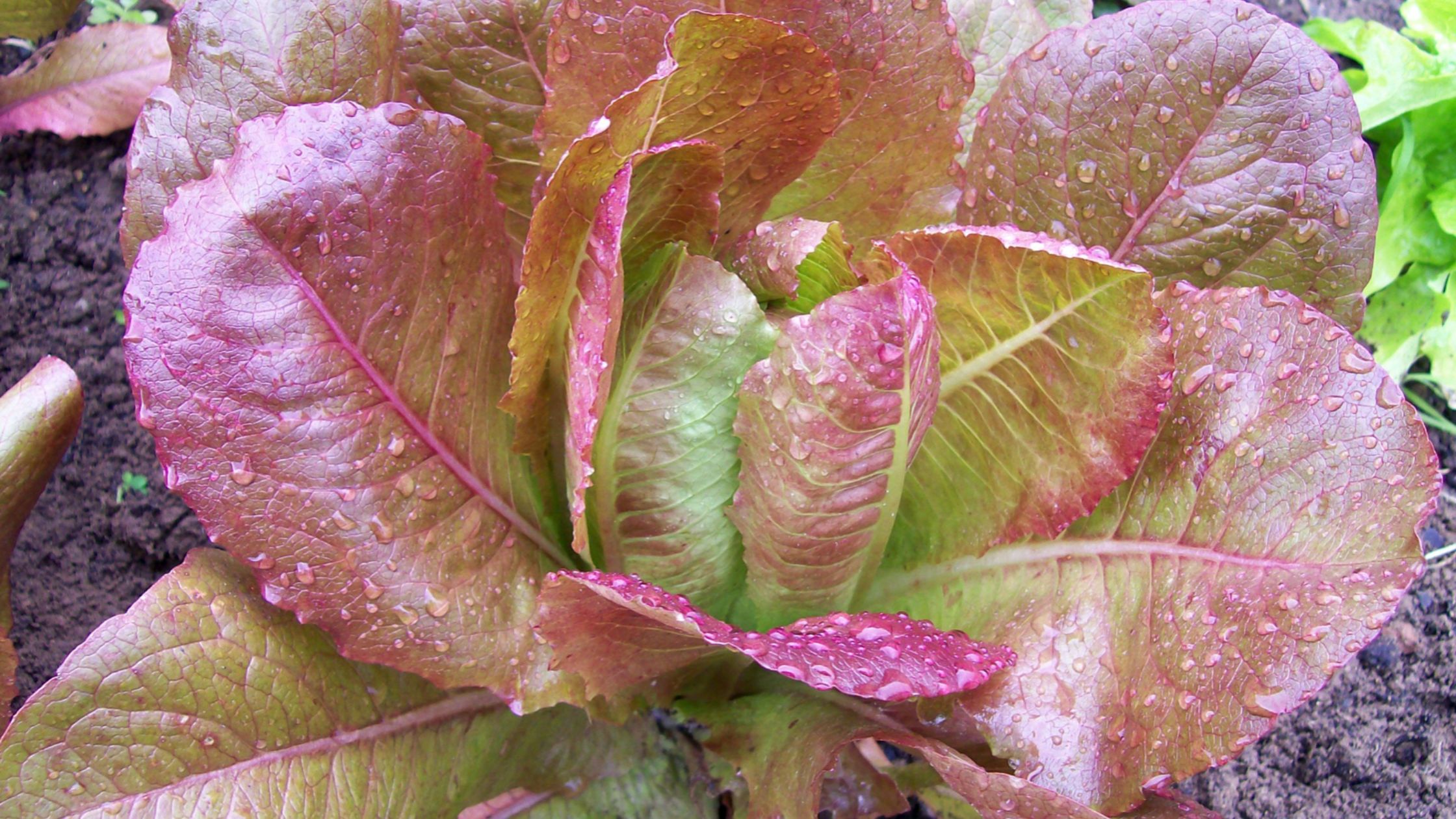 Fall Planting Greens
Fall Planting Greens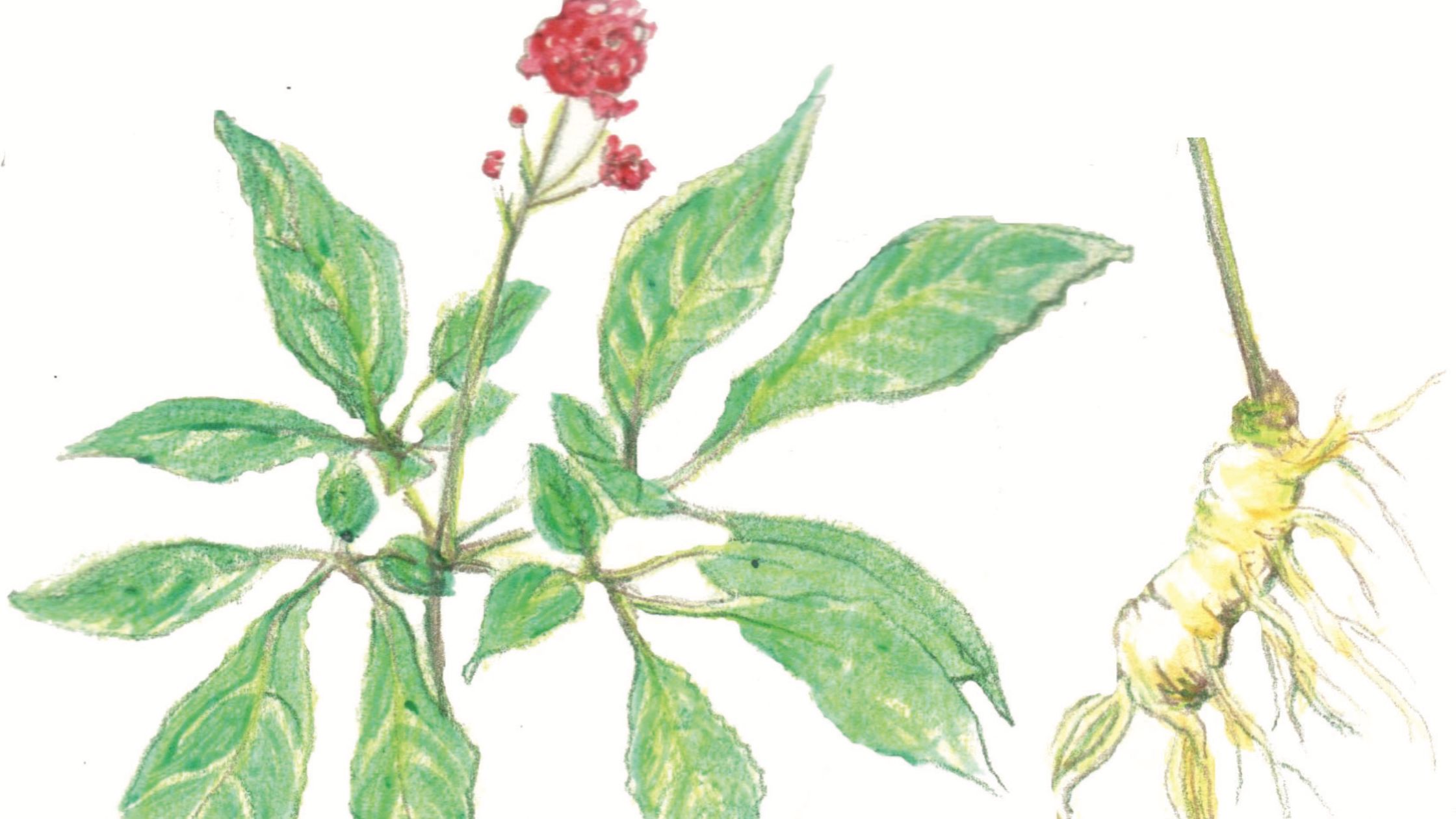 Woodland Medicinals
Woodland Medicinals